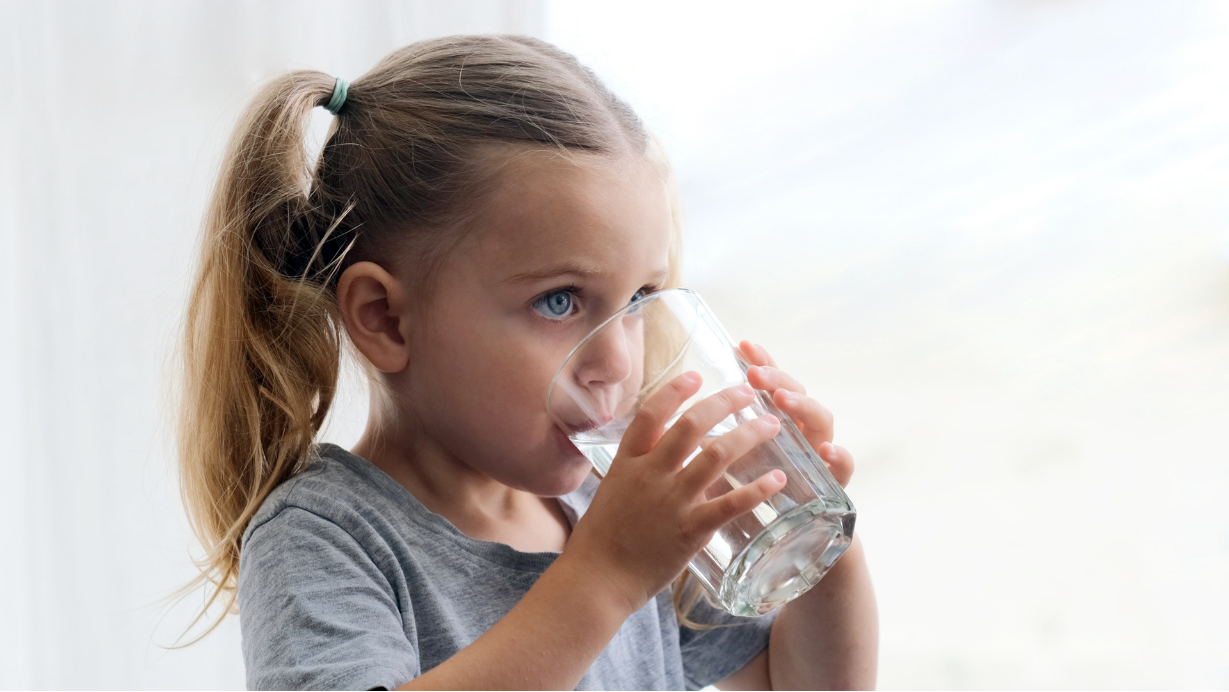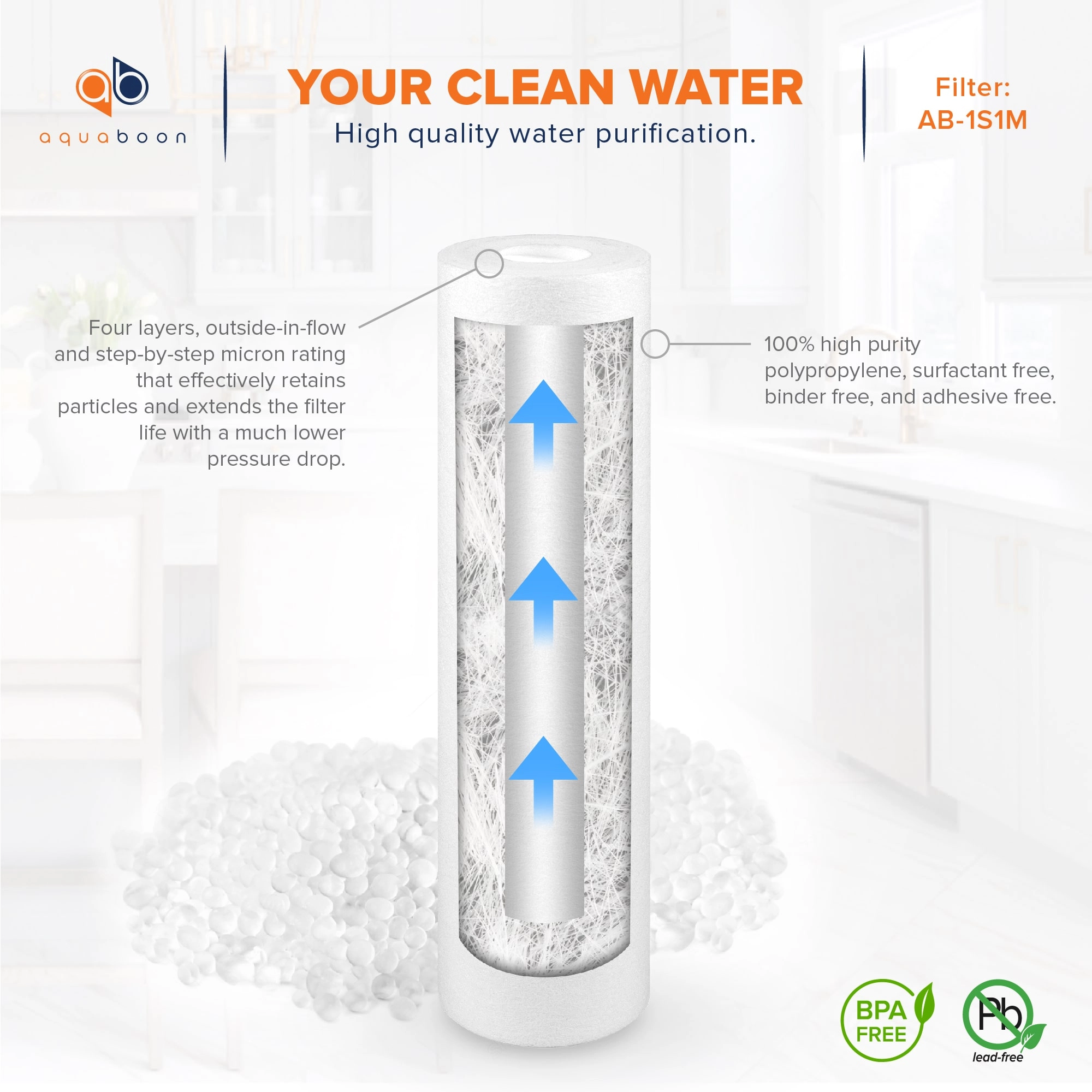How to remove chlorine from drinking water?
Chlorine abbreviated as (Cl), is recognized far and wide as a powerful chemical — the go-to decontamination agent for pools and treatment plants.
Through a process known as chlorination, municipal treatment plants will add it to kill hazardous microorganisms. As a result, diseases transmitted through water have tremendously gone down over time.
It's also essential to note that Cl is popularly used as a decolorizer. Some of its most popular applications include the production of household bleach, paper, and cloth. Therefore, many people have reservations about ingesting it and are actively looking for solutions that remove chlorine from drinking water.
What are the recommended levels of Cl in drinking water?
According to the CDC, the recommended Cl levels are 4mg for approximately every liter. Hydrating within this range ensures your safety as you are not likely to suffer any abysmal impacts on your health.
Facts about Cl water
For starters, it is safe for drinking and rarely has any adverse effects when consumed in the right amounts.
However, long-term exposure to it has been linked to various health problems such as bronchitis, tooth corrosion, and shortness of breath.
Additionally, since Cl is a chemical, some people complain that it leaves a bleach-like after-taste and an abysmal odor. For them, the only way to enjoy a tasty glass as they hydrate is by removing chlorine in water.
How to suspend Cl from water
Various ways of removing chlorine in drinking water exist. The methods comprise physical and chemical techniques. They are as follows:
Evaporation
Did you know that leaving your treated water open is a surefire way to do the trick?
Now you know!
Evaporation is one of the dependable methods of chlorine removal from tap water.
Thanks to its volatility, the Cl will quickly turn into a vapor, leaving behind a liquid that tastes better.
However, one drawback to this process is that it is time-consuming. Since you have to sit and wait for it to evaporate, it is impossible to get Cl-free water on demand.
Chemical neutralization
An additional way to get the chlorine out of water is through chemical neutralization.
With this process, you add a chemical such as potassium metabisulfite into the water, and voila! Cl is gone.
Many people wonder why adding another chemical makes it safe for drinking. The fact is that the added chemical will react with Cl rendering it harmless. Also, immediately after neutralizing the Cl, the added chemical will immediately evaporate, leaving you with crystal-clear water.
Filtration
Over time, filtration has proved to be a practical way to get the chlorine out of water.
By purchasing a house water filtering system, your family can enjoy chlorinated water without enduring an abysmal taste or smell.
While there are numerous filtration methods, reverse osmosis systems stand tall as one of the best.
Besides removing all traces of Cl, they are also excellent at eliminating debris, heavy metals, bacteria, unwanted gases, and harmful chemicals from water. In addition, they boast multiple filtration stages, using sediment and carbon cartridges as well as membranes to remove impurities.
However, to ensure your system works efficiently, you must switch up the cartridges after six months or according to the manufacturer’s recommendation. Doing so ensures that the cartridges are in optimal working conditions and pollutants are not sliding through them untrapped.
Wrapping up
As much as Cl kills illness-causing pathogens and keeps us safe from water-borne diseases, it leaves a bad taste in our mouths and can smell unpleasant. Additionally, prolonged consumption of chlorinated water can have devastating health effects.
For these reasons, Filterway offers various options to help you filter and remove chlorine in the water.
For example, we have reverse osmosis systems, under-the-sink, and countertop options that will, without a doubt, rid the water of these chemicals and other pollutants.
We also offer replacement cartridges to ensure your purification systems work effectively.
Contact us today to place your order.













